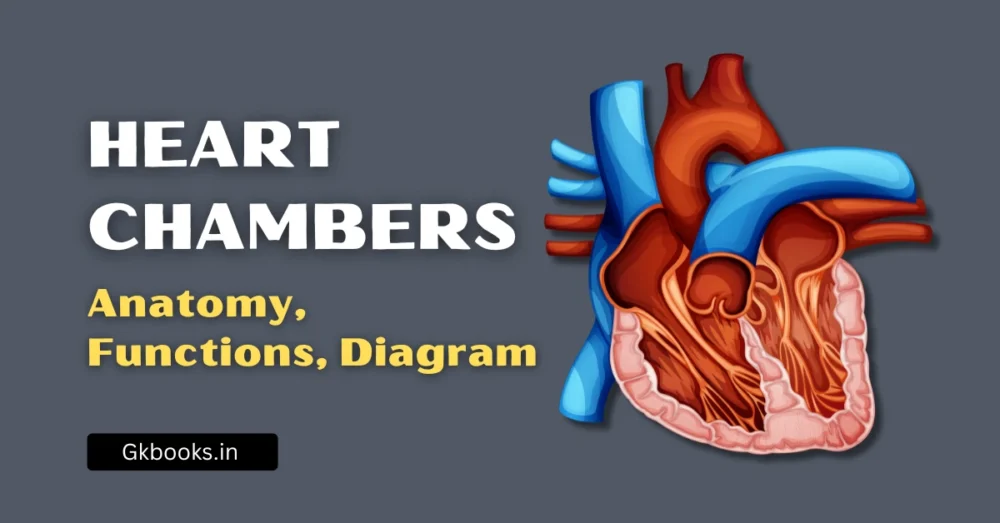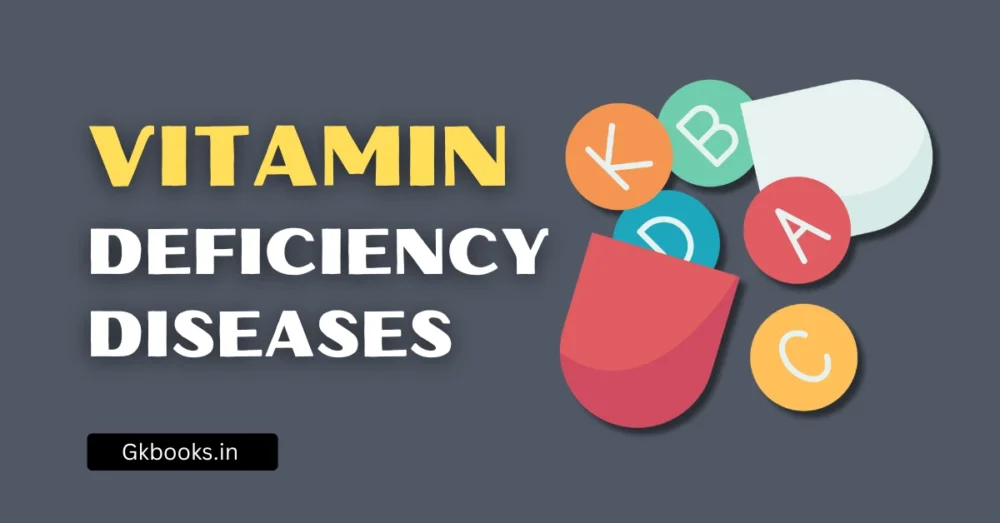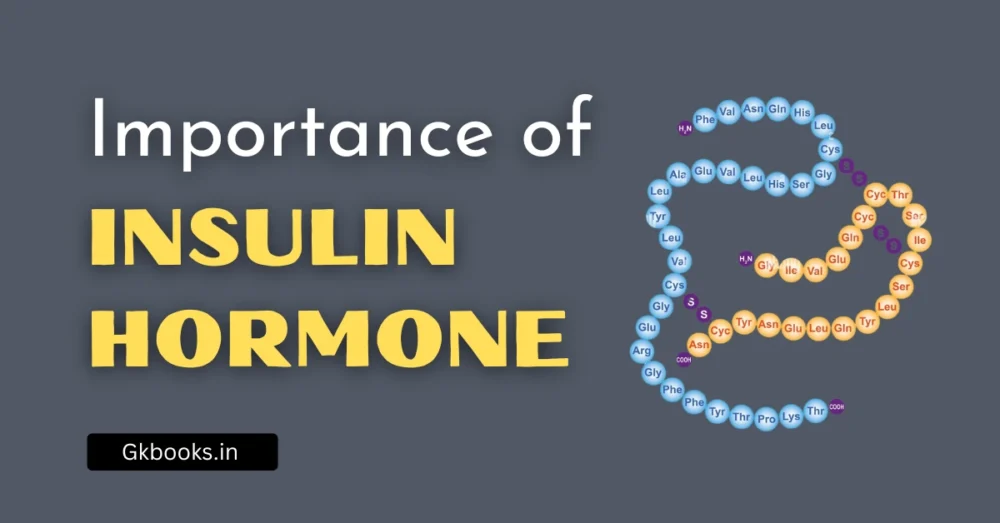Saliva is a watery secretion produced by the salivary glands in our mouth. It plays a vital role in digestion, oral health, and the lubrication of food. For exam aspirants, knowing the composition of saliva is important because it is a frequently asked topic in UPSC, SSC, Railways, Banking, Defence, and State PSC exams.
Let’s understand it in a clear, simple, and exam-friendly way.
What is Saliva?
- Definition: Saliva is a clear, watery fluid secreted by three pairs of salivary glands – parotid, submandibular, and sublingual.
- Daily Secretion: About 1–1.5 liters per day in a healthy adult.
- pH: Slightly acidic to neutral (6.0–7.4).
Composition of Saliva
Saliva is composed of approximately 99% water and 1% organic and inorganic substances.
1. Water (≈ 99%)
- Main component.
- Keeps the mouth moist.
- Helps in dissolving food for taste sensation.
2. Inorganic Substances (≈ 0.2%)
- Salts & Ions present:
- Sodium (Na⁺) – maintains electrolyte balance.
- Potassium (K⁺) – higher than in plasma.
- Chloride (Cl⁻) – activates salivary amylase.
- Bicarbonate (HCO₃⁻) – maintains pH, neutralizes acids.
- Calcium (Ca²⁺) & Phosphate (PO₄³⁻) – prevent tooth decay by remineralization.
- Function: Protects teeth, buffers acids, aids digestion.
3. Organic Substances (≈ 0.3–0.5%)
Proteins & Enzymes
- α‑Amylase (ptyalin) – breaks down starch into maltose.
- Lingual lipase – initiates lipid digestion in infants and partially in adults.
- Lysozyme – antibacterial, breaks down bacterial cell walls.
- Lactoferrin – binds iron, inhibits bacterial growth.
- Peroxidases – antimicrobial defense.
Mucins
- Glycoproteins provide lubrication and form a protective barrier on the mucosa and teeth.
Immunoglobulins
- IgA – prevents bacterial and viral adhesion to mucosal surfaces.
Growth Factors
- Epidermal growth factor (EGF) aids the healing of the oral mucosa.
Metabolites
- Urea, ammonia, and creatinine reflect metabolic and renal status.
To stay updated with the latest GK and Current Affairs infographics, follow our official Instagram and Facebook page and prepare for exams easily.
Functions of Saliva
- Excretory – small quantities of metabolic waste are removed.
- Digestive – enzymatic breakdown of starch and fats.
- Lubrication – aids chewing, swallowing, and speech.
- Buffering – neutralizes acids, maintains pH.
- Antimicrobial – lysozyme, lactoferrin, IgA.
- Remineralization – calcium, phosphate, fluoride strengthen enamel.
- Taste perception – acts as a solvent for taste molecules.
Exam Relevance – GK Facts for SSC/UPSC/Competitive Exams
- Saliva is 99% water.
- Normal daily secretion: 1–1.5 liters.
- pH of saliva: 6.0–7.4.
- Enzyme in saliva: Amylase (acts on starch).
- Immunity factor: IgA + Lysozyme present.
- Saliva prevents tooth decay by calcium & phosphate ions.
- Lingual lipase is important for infant fat digestion.
Quick Revision Table
| Component | Examples/Details | Function |
|---|---|---|
| Water (99%) | Main solvent | Dissolves food, moistens the mouth |
| Ions (Inorganic) | Na⁺, K⁺, Cl⁻, HCO₃⁻, Ca²⁺, PO₄³⁻ | Buffer, mineralization, acid neutralization |
| Enzymes | Amylase, Lingual lipase | Digestion of starch & fats |
| Proteins | Mucin, Lysozyme, IgA, Lactoferrin | Lubrication & immune defense |
| Waste products | Urea, Uric acid | Excretion (minor) |
Conclusion
Saliva is a simple yet powerful fluid that aids in digestion, oral hygiene, and immunity. For exams, always remember:
- 99% water + 1% solids (ions, enzymes, proteins).
- Amylase = starch digestion.
- IgA & Lysozyme = defense.
💡 Tip for Aspirants: Questions on saliva often come as one-liners in SSC/NTPC or conceptual MCQs in UPSC Prelims. Revise the Quick Table before the exam for instant recall.
👉 Keep revising, stay focused – small details like these can give you extra marks that make the difference in competitive exams! 🚀
FAQs
Q1. What is the main component of saliva?
Answer: Water (~99%), with electrolytes and proteins.
Q2. Which enzyme in saliva breaks down starch?
Answer: α‑Amylase (ptyalin).
Q3. How does saliva protect teeth?
Answer: Through buffering acids, remineralizing enamel, and antimicrobial agents.
Explore More Biology Topics:
Heart Chambers: Anatomy, Functions, Diagram & Exam-Focused Notes
Vitamin Deficiency Diseases – Causes, Symptoms, Sources & Exam-Focused Notes
Function of the Stomach in the Human Body: Key Roles, Mechanisms & Importance






